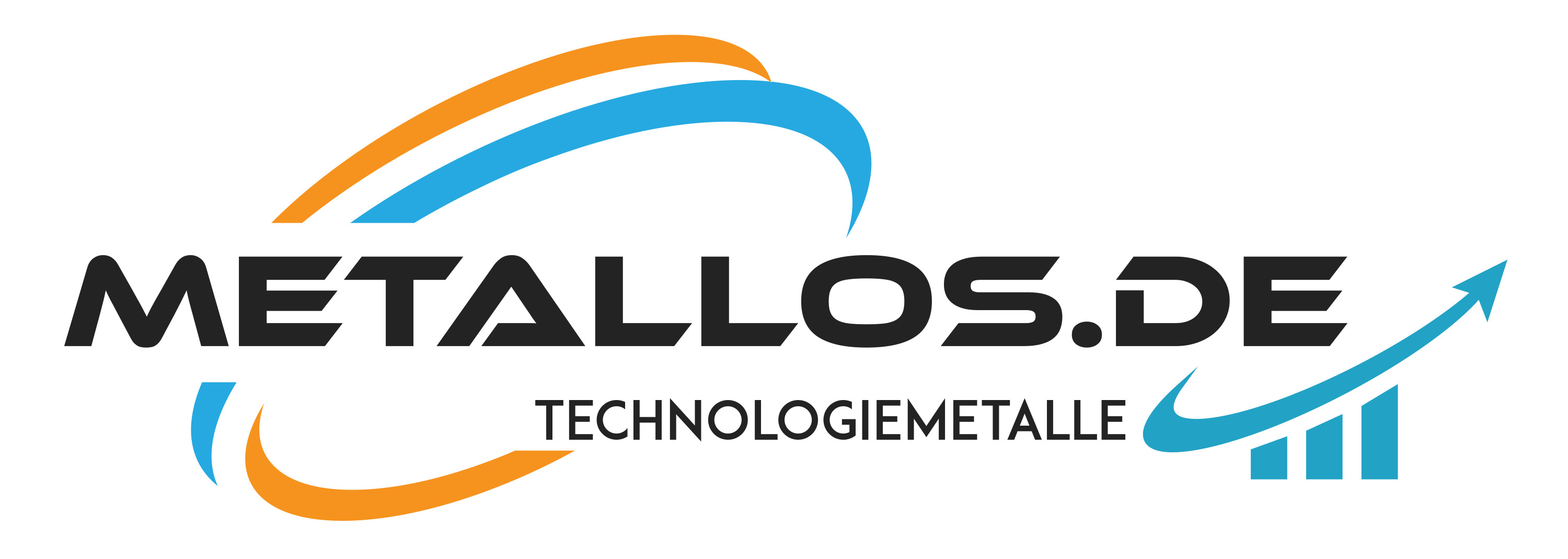Europium metal 99.99%, rare earth metal
Description
Europium metal 99.99%, rare earth metal
Buy now high purity europium metal with min 99.9% purity
Europium metal is a rare earth metal
With us you get the best price for 1kg Europium Metal
The current Europium price is stable at the moment.
It is just at 1499€/kg, so you should buy europium metal now.
buy 99,9% europium
price europium 1kg 1499 euro
- Deliverable within 10 - 12 working days by GLS or DHL
- Purity: min.: 99,9%
Europium is one of the most reactive rare earth metals. In air, the silvery metal tarnishes immediately. At temperatures above 150 °C it ignites and burns with a red flame to form the sesquioxide Eu2O3. In water it reacts with hydrogen evolution to form hydroxide. With a density of 5.244 g/cm3, europium is the lightest heavy metal, while titanium (4.507 g/cm3) is the next lightest.
Use of Europium
Europium is used primarily as a dopant for the production of phosphors, which are used, for example, in cathode ray tube displays, which were previously used mainly for computer monitors and televisions, and are required for aircraft instruments, and in compact fluorescent lamps. Phosphors with both bivalent and trivalent europium are used for various colors. For red phosphors, yttrium oxide (Y2O3:Eu3+) doped with europium is most commonly used; yttrium oxysulfide or, as the first important red phosphor, yttrium vanadate:Eu3+ were also used in the past. Eu2+ is mostly used as a blue phosphor in compounds such as strontium chlorophosphate (Sr5(PO4)3Cl:Eu2+, strontium chloroapatite SCAP) and barium magnesium aluminate (BaMgAl11O17:Eu2+, BAM). Plasma displays require phosphors that convert the VUV radiation emitted by the noble gas plasma into visible light. For this purpose, europium-doped phosphors are used for both the blue and red spectra - BAM for blue light and (Y,Gd)BO3:Eu3+ for red. In high-pressure mercury lamps, used for example in street lighting, europium-doped yttrium vanadate is applied to the glass to make the light appear white and more natural. Europium can be used in control rods for nuclear reactors because of its neutron absorption. Control rods containing europium have been tested in various Soviet experimental reactors such as BOR-60 and BN-600, among others. As EuropiumHexaBoride, it is also offered as a coating for the production of oxide cathodes for incandescent emission. Europium fluorescence is used in euro banknotes to combat counterfeiting. This property can also be exploited in fluorescence spectroscopy. For this purpose, the europium is bound, for example, in a suitable complex that reacts preferentially at the desired site, for example with a certain protein, and accumulates there. Biological significance and toxicity of europium
Europium is found only in minimal amounts in the body and has no biological significance. The element cannot be absorbed by plant roots either. Soluble europium compounds are slightly toxic; for example, an LD50 value of 550 mg/kg for intraperitoneal and 5000 mg/kg for oral administration in mice was determined for europium(III) chloride. No chronic toxicity was observed, possibly related to the low intestinal absorption of europium and the rapid conversion of soluble europium chloride to insoluble europium oxide under basic conditions. Insoluble europium compounds are considered to be largely nontoxic, as determined in a study using europium(III) hydroxide nanoparticles in mice. Europium(III) hydroxide nanoparticles (but not amorphous europium(III) hydroxide) were found to have a pro-angiogenic effect, promoting cell proliferation of endothelial cells in vitro, and increased formation of small blood vessels was observed in vivo on chicken eggs. A possible mechanism for this observation is the formation of reactive oxygen species and activation of MAP kinases by these nanoparticles.
- as a dopant for the production of phosphors;
- as neutron absorbers in nuclear reactors;
- in high-pressure mercury lamps;
- as fluorescent.
History of Europium
The first hint of the element later called europium was found by William Crookes in 1885. While studying fluorescence spectra of samarium-yttrium mixtures, he was able to measure signals of an unusual orange spectral line that was stronger in mixtures of the elements than in the pure substances. He named this spectral line, indicative of an unknown element, the "anomalous line," the hypothetical element Sδ. Another discovery on the way to the unknown element was made by Paul Émile Lecoq de Boisbaudran in 1892, when he discovered three previously unknown blue spectral lines in the spark spectrum of samarium, in addition to Crookes' anomalous line. In 1896, Eugène-Anatole Demarçay postulated the existence of a previously unknown element between samarium and gadolinium on the basis of ultraviolet spectra, realizing in 1900 that this element must be the same as that suspected by Crookes and Boisbaudran. In 1901 Demarçay succeeded in isolating it by fractional crystallization of the samarium/europium magnesium nitrate double salts. He named the element Europium after the continent of Europe. In analogy to europium, Glenn T. Seaborg, Ralph A. James, and Leon O. Morgan in 1948 also named the actinide located directly below europium in the periodic table after a continent americium. The first important technical application of the element was the production of yttrium vanadate doped with europium. This red phosphor, discovered in 1964 by Albert K. Levine and Frank C. Palilla, soon played an important role in the development of color television. The first mine for the extraction of rare earths, which had been operating in Mountain Pass, California, since 1954, was then greatly expanded for this application.
Extraction of europium
Starting from monazite or bastnäsite, the rare earths are separated by ion exchange, solvent extraction or electrochemical deposition. In a final process step, the high-purity europium oxide is reduced to the metal with metallic lanthanum and sublimed.
Symbol: Eu
Atomic number: 63
Electron configuration: [Xe] 4f76s2
Atomic mass: 151.964 u
Melting point: 826 °C
Boiling point: 1,529 °C
CAS number: 7440-53-1
